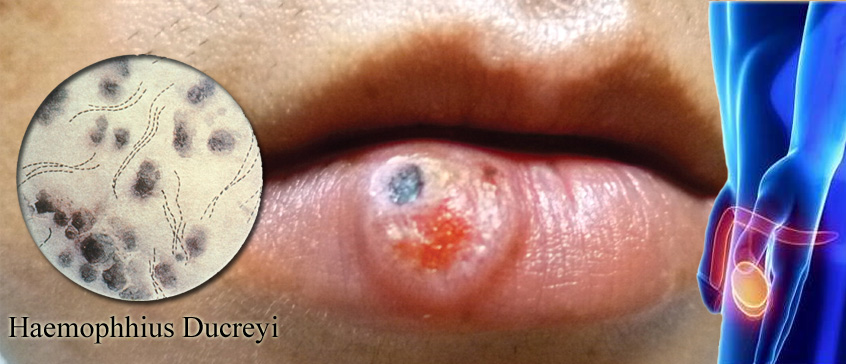What is chancroid disease?
Chancroid disease, also called mild chancre disease, is a genital ulcer disease caused by a bacterium called Haemophhius Ducreyi.
Chancroid prevalence
Although it is relatively rare in our country, it is a common disease in the world. The regions where chancroid disease is most common are hot geographies with a tropical climate.
How is Chancroid Infected?
It is transmitted by vaginal, anal or oral sex. Existing wounds, cuts or scratches on the genitals increase the possibility of transmission. Patients diagnosed with soft chancre are more likely to be infected with HIV.
Chancroid Symptoms
Symptoms appear a few days after sexual transmission. It first manifests itself as small lesions, these lesions are usually in the genital area. Inflammatory, acne-like bleeding ulcer wounds may occur on these lesions.
It is more likely to occur in women than in men. While the symptoms of chancroid disease in women are not very obvious, it manifests itself clearly in men.
Symptoms such as painful sexual intercourse or burning in urination, swelling of the lymph nodes in the groin areas can be seen. Ulcers and wounds that occur in women are painless.
Chancroid Diagnosis
Diagnosis by physical examination can be misleading. Chancroid symptoms can be easily confused with syphilis, genital herpes and lymphogranuloma venereum. In some stages of syphilis (primary syphilis), chancre occurs. All patients who present with ulcers in or around the genital area and suspected chancroid should be tested for syphilis, herpes, and chlamydia.
After the doubts in terms of these diseases are eliminated, a diagnosis is made by looking at the ulcers and lymph nodes.
The success rate in the culture made from the swab taken from the ulcer is 80%. According to the results of the laboratory tests performed with the PCR method, the diagnosis can be made with a sensitivity of 90-100%.
Chancroid (Soft Chancr) Treatment
Chancroid occurs when bacteria enter the body and cause an infection. At the first stage, antibiotic treatment, which is considered appropriate by the doctor, is started.
More complicated courses of antibiotics can also be applied. With the right treatment, the symptoms subside within 48 hours. It may take 10-15 days for the wounds to fully heal.
